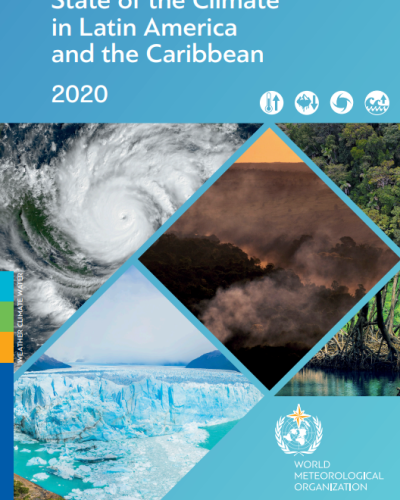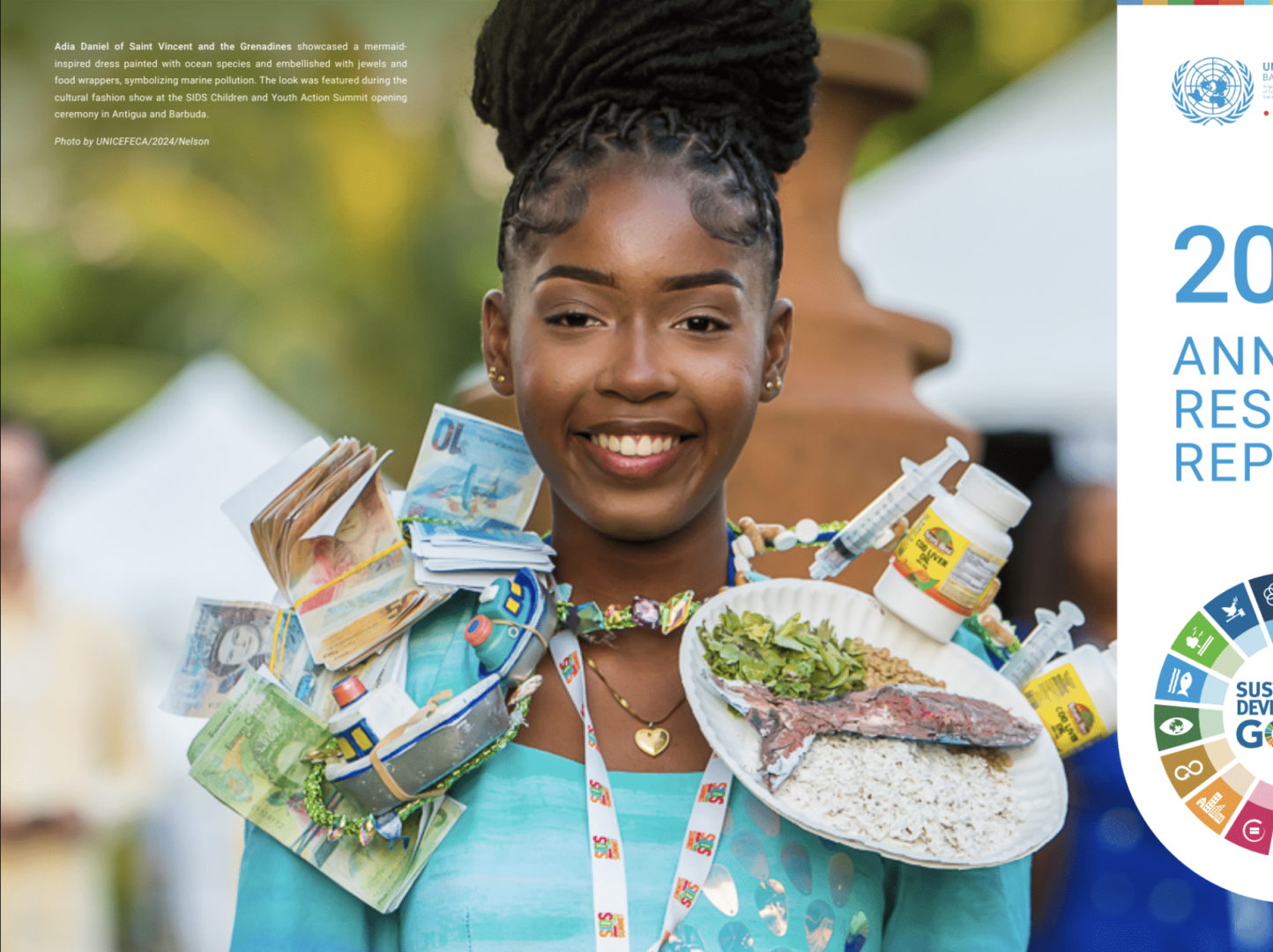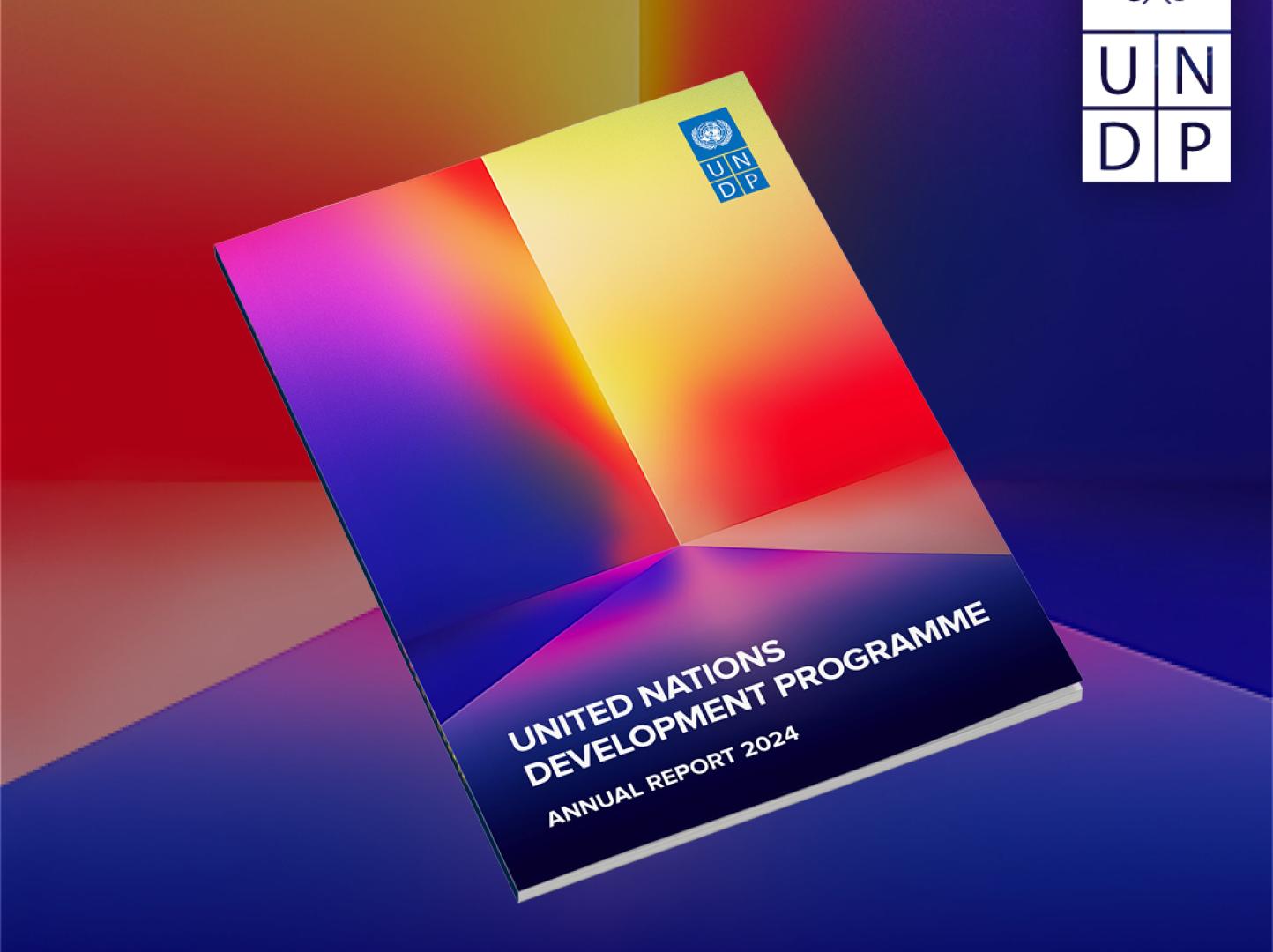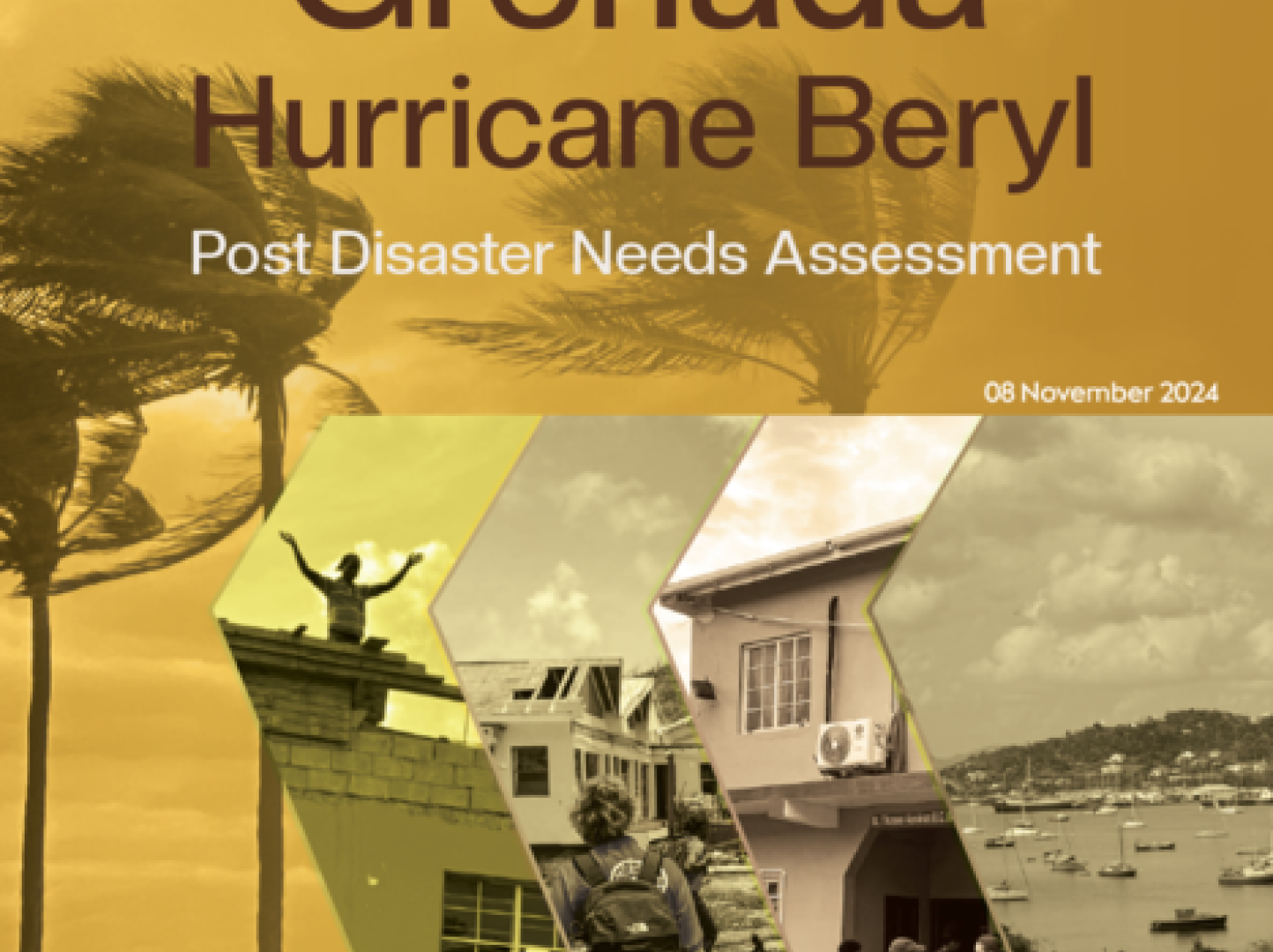State of the Climate in Latin America and the Caribbean 2020

Climate change and extreme weather are threatening human health and safety, food, water and energy security and the environment in Latin America and the Caribbean. The impacts span the entire region, including Andean peaks, mighty river basins and low-lying islands, according to a new report from the World Meteorological Organization (WMO). It flags concerns about fires and the loss of forests which are a vital carbon sink.
The "State of the Climate in Latin America and the Caribbean 2020" provides a snapshot of the effects of increasing temperatures, changing precipitation patterns, storms and retreating glaciers. It includes transboundary analyses, such as of the drought of the South American Pantanal and the intense hurricane season in Central America-Caribbean. It provides a detailed regional breakdown of worsening global climate change indicators.
The report and an accompanying story map show how marine life, coastal ecosystems and the human communities that depend on them, particularly in Small Island Developing States, are facing increasing threats from ocean acidification and heat and rising sea levels.




